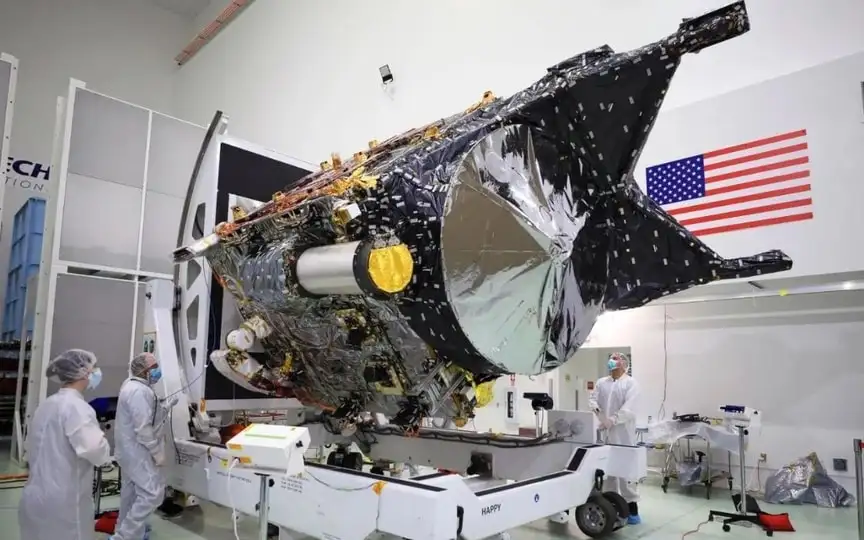NASA’s Laser Shines Bright: Record-Breaking Deep Space Communication!
NASA’s revolutionary Deep Space Optical Communications (DSOC) experiment has made history by achieving its first successful transmission of data using laser technology over an incredible distance of nearly 10 million miles (16 million km). This remarkable accomplishment, which is approximately 40 times greater than the distance between the Moon and Earth, represents a significant breakthrough in deep space communication technology.
DSOC sets a new standard
Part of the recently launched Psyche spacecraft, the DSOC experiment used a near-infrared laser loaded with test data to communicate with the Hale telescope at Caltech’s Palomar Observatory in California. According to NASA, this milestone sets a new record for optical communications and establishes DSOC as a revolutionary technology for deep space communications.
First light on November 14
The historic “first light” moment occurred on Nov. 14, when DSOC’s flight laser transceiver, located on Psyche, successfully locked onto an uplink laser beacon sent from the Optical Communications Telescope Laboratory at JPL’s Table Mountain facility near Wrightwood, California. At the same time, test data was transmitted through the uplink and downlink lasers, a critical step known as “link closure,” which is the primary goal of the experiment.
The critical role of Psyche Mission and DSOC
DSOC aims to send high-bandwidth test data to Earth during its two-year technology demonstration as the Psyche spacecraft travels to the asteroid belt between Mars and Jupiter. According to a NASA statement, this achievement is an important step toward the rapid transfer of information that is critical to future space exploration, including human missions to Mars.
High bandwidth data transfer
DSOC’s primary goal is to demonstrate data transfer rates 10 to 100 times faster than current state-of-the-art radio frequency systems on spacecraft. This advance promises to transmit scientific data, high-definition images and streaming video, which will significantly advance future human journeys to Mars.
NASA’s view of DSOC
Trudy Kortes, Director of Technical Demonstrations at NASA Headquarters, stated, “Achieving first light is one of several critical DSOC milestones that will pave the way for faster data transmission capable of transmitting scientific data, high-definition images and streaming video in support of humanity’s next giant leap: sending humans to Mars.”
DSOC’s Breakthrough Ushers in a New Era
NASA sees the DSOC experiment as a monumental leap in space communications technology, opening up new possibilities for data-intensive missions and supporting the vision of sending humans to Mars. This successful test marks the beginning of a transformative era of deep space communications, promising more discoveries and advances in space exploration.




